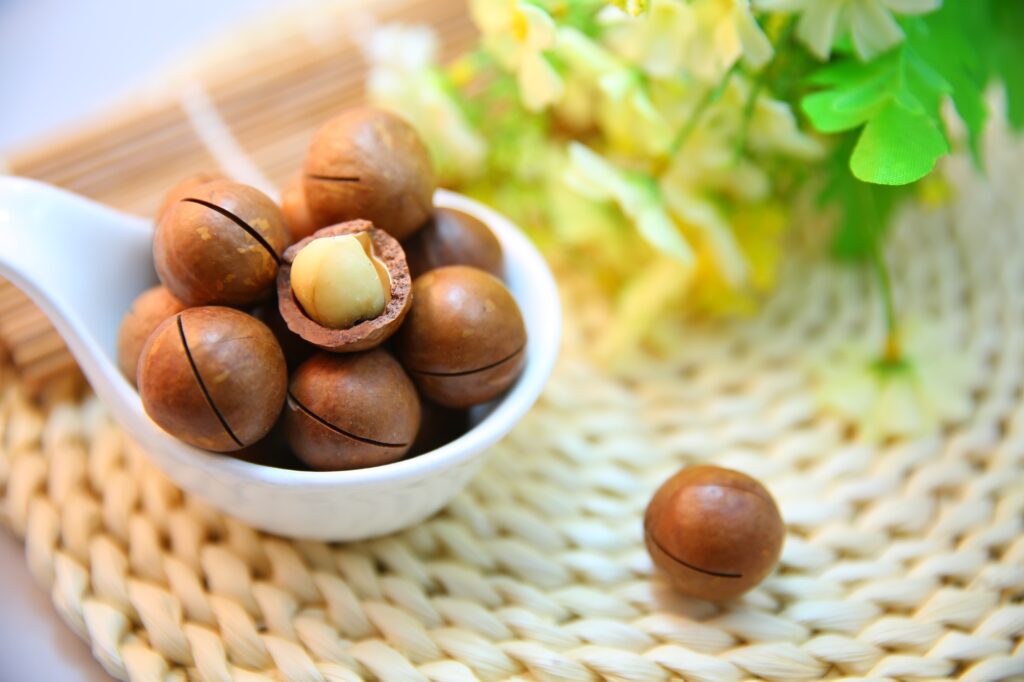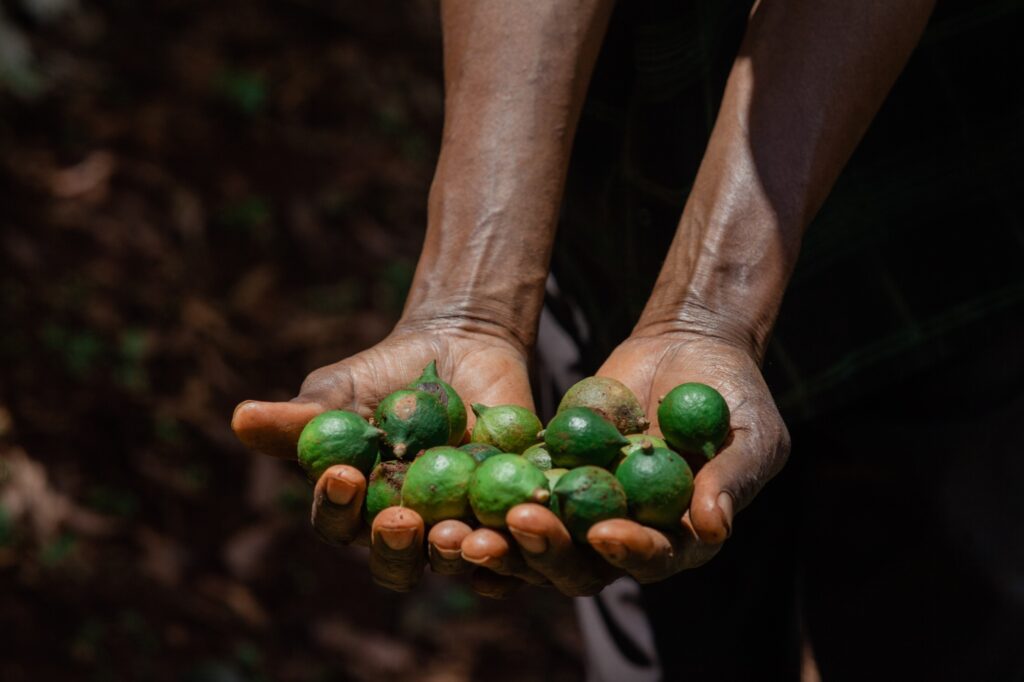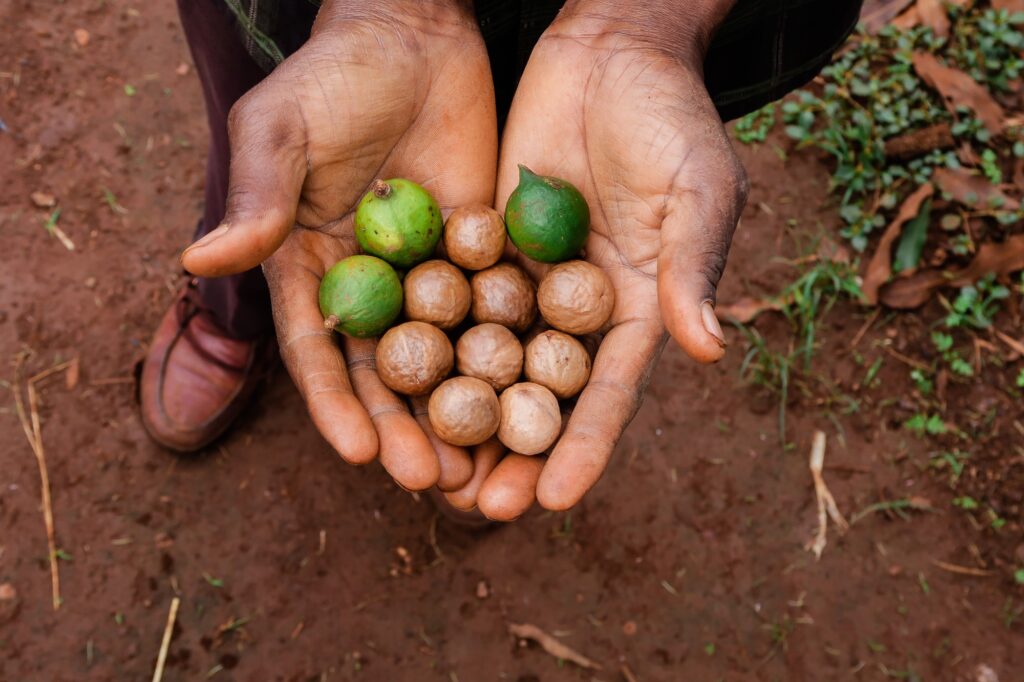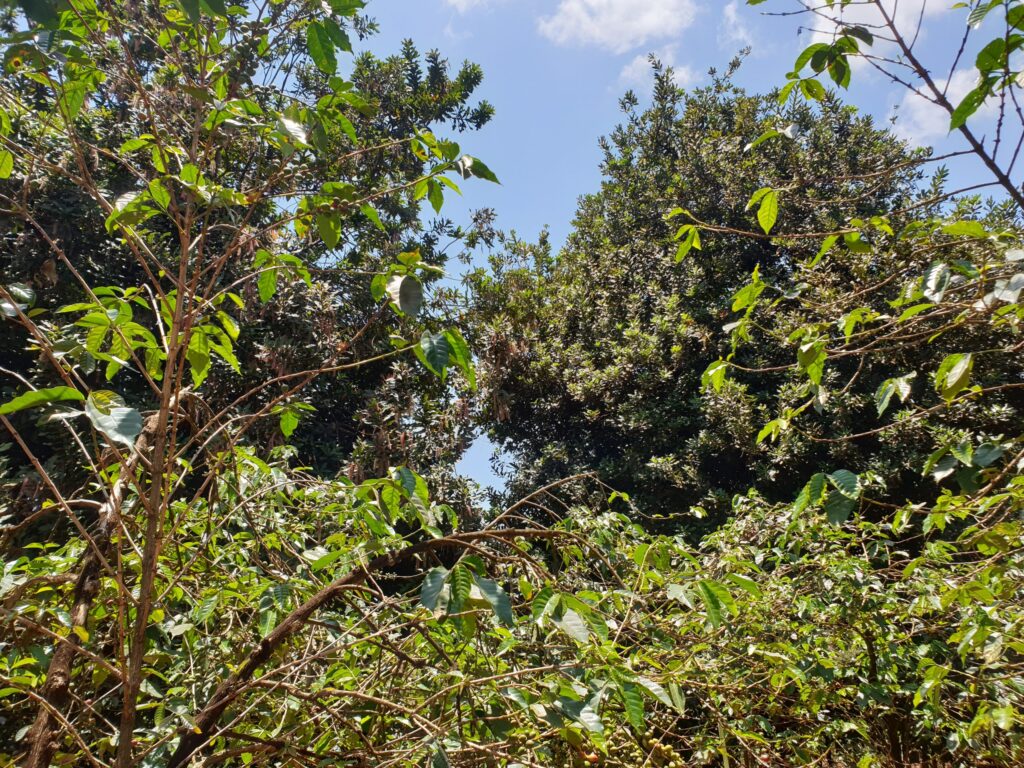nuts
- Home
- / nuts
Macadamia production in Kenya
Macadamia is considered the world’s finest dessert nut because of its delicate taste and numerous health benefits. In Kenya, smallholder farmers grow it both as a cash crop and foreign exchange earner with Kenya producing about 10% of the world’s total production. For a long time, the country has been ranked second in the production of Macadamia after Australia. The most popular varieties grown in high potential areas of Eastern, Central and Rift valley provinces of Kenya are Macadamia integrifolia and tetraphylla.
Macadamia tetraphylla is more adaptive to cooler climate and has rough shelled bush nut while the Macadamia integrifolia has a smooth nut surface and is adaptive to diverse agro-climatic conditions.
Grafting is done to a variety of macadamia seedlings that include those from Embu, Kiambu and Murang’a to produce a more improved variety, which is very marketable and in high demand. For excellent utilisation of the farm, smallholder farmers often plant other crops alongside macadamia as they wait for the trees to mature. The grafted macadamia trees may start bearing fruits after two years while the non-grafted trees start bearing nuts after seven years.

Why the focus on Macadamia value chain?
- Macadamia has great potential for poverty reduction due to the high value of its products and its low requirement for external inputs. Being a low-input crop, macadamia is grown by smallholder farmers in Kenya for income generation and improved livelihoods.
Challenges in the Macadamia value chain
Although the crop has been grown in Kenya for the last five decades, research experts have noted that the growth of the industry is not commensurate with the demand and market potential that exists. Some of the challenges facing the macadamia industry in Kenya include lack of cultivars adapted to various agro-ecological zones, lack of drought resistant, high yielding and early maturing varieties, and high cost of the available good quality planting materials; as well as pests and diseases that affect nuts thus lowering post-harvest quality content.


Nutritional value of Macadamia nuts
It has a tough, thick shell that encloses a cream-colored oil-rich nut. The macadamia nuts are rich in oil (60-72%), Proteins, and Carbohydrates. It is also a good source of Vitamin B1, B2, E, Fibre, Calcium, Phosphorous, Magnesium, Iron, Potassium, and Niacin. The nuts can be eaten raw or used to make edible oils or confectionery. Macadamia is a good source of calcium.
MARKUP interventions in Macadamia value chain
- Supporting the production and marketing systems to accelerate industry growth.
- Strengthening the capacity of farmer and marketing associations to structure the industry to meet the competitive standards for the EU and EAC markets.
- Collaboration with the Government of Kenya at national and county levels and other stakeholders in implementing policy reforms to create an enabling environment for competitive production and marketing.

